Nick Walton explores eastern Indonesia with Heritage Expeditions, delving into a dynamic landscape that’s only just opening to tourism.
It’s funny how everything else seems so much louder when you’re holding your breath in the bush. The bird song seems to echo, the cicadas become deafening, and every step of a giant, ancient lizard a few metres away seems to resonate and reverberate. So it is during our first encounter with one of Komodo’s legendary dragons. Our guide, armed with nothing but a slender bamboo cane and the best of intentions, keeps one eye on his camera-wielding wards and the other on the dragon, its ribbon-like tongue flickering as it tests the air and approaches our group.
The Komodo Dragon of Indonesia is the largest species of lizard in the world, growing up to three metres in length and weighing up to 70kg. Apex predators, they stalk their prey before attacking with a venomous bite. They’re also one of the main drawcards to their namesake national park, here in eastern Indonesia.
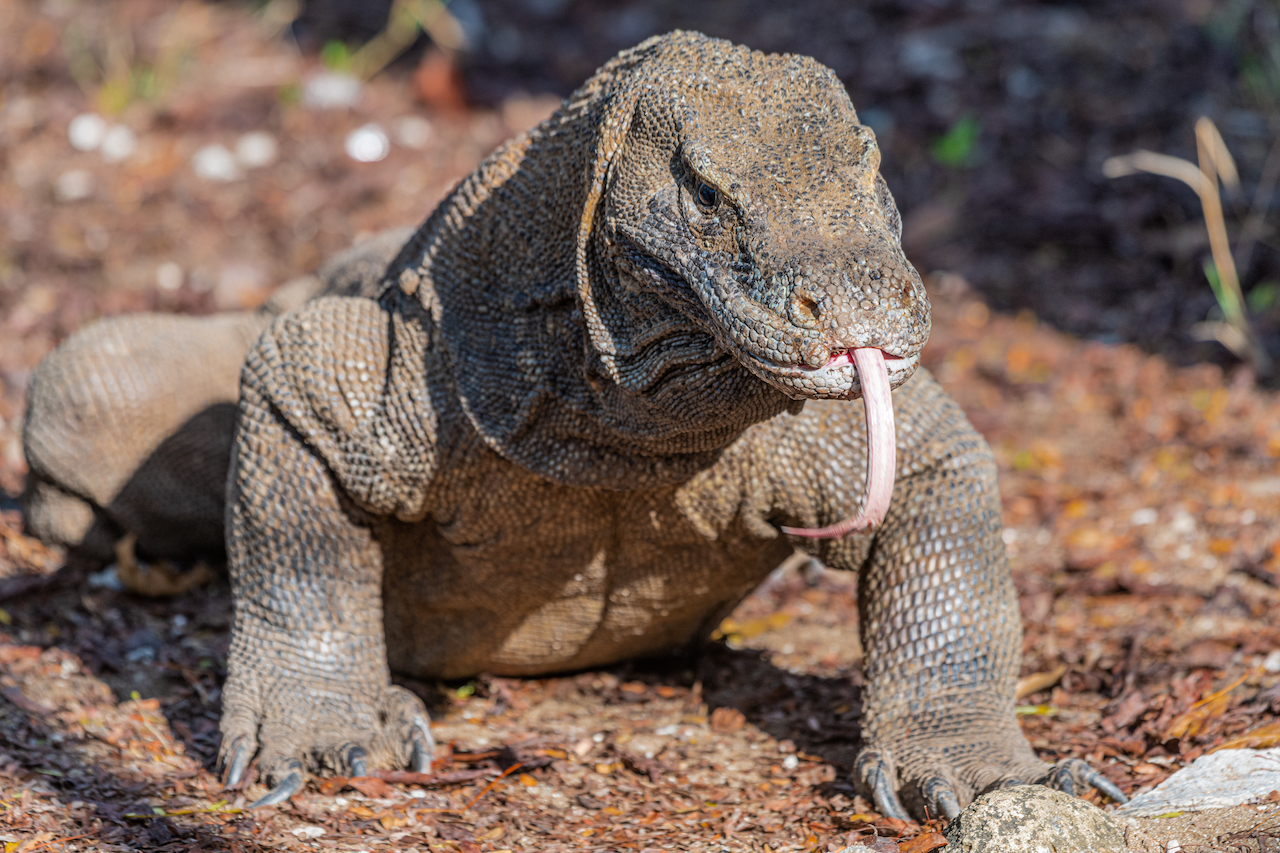
It’s the fourth day of my fascinating 15-day Heritage Expeditions cruise from Bali to Papua New Guinea, a journey that is not without significance; it’s the inaugural foray of the New Zealand-based expedition cruise company’s new vessel, the 140-passenger Heritage Adventurer, under the Heritage flag. The new vessel is over double the size of the company’s previous ships and arrives as the adventure cruise line tries to play catch up after its Russian Arctic season was cancelled.
READ: Silver Nova to Become a Foodie’s Dream Cruise Ship
Eastern Indonesia is a fascinating and relatively untouched corner of the globe; with towering active volcanos, countless coral-wreathed islands, a vibrant marine environment, and an incredibly diverse cultural tapestry, it’s slated to be one of the hottest destinations in the world in 2023, with many visitors combining excursions to Komodo – as famous for its diving and pink-sand beaches as it is for its insidious lizards – with time spent in Raja Ampat (more on that in a minute).
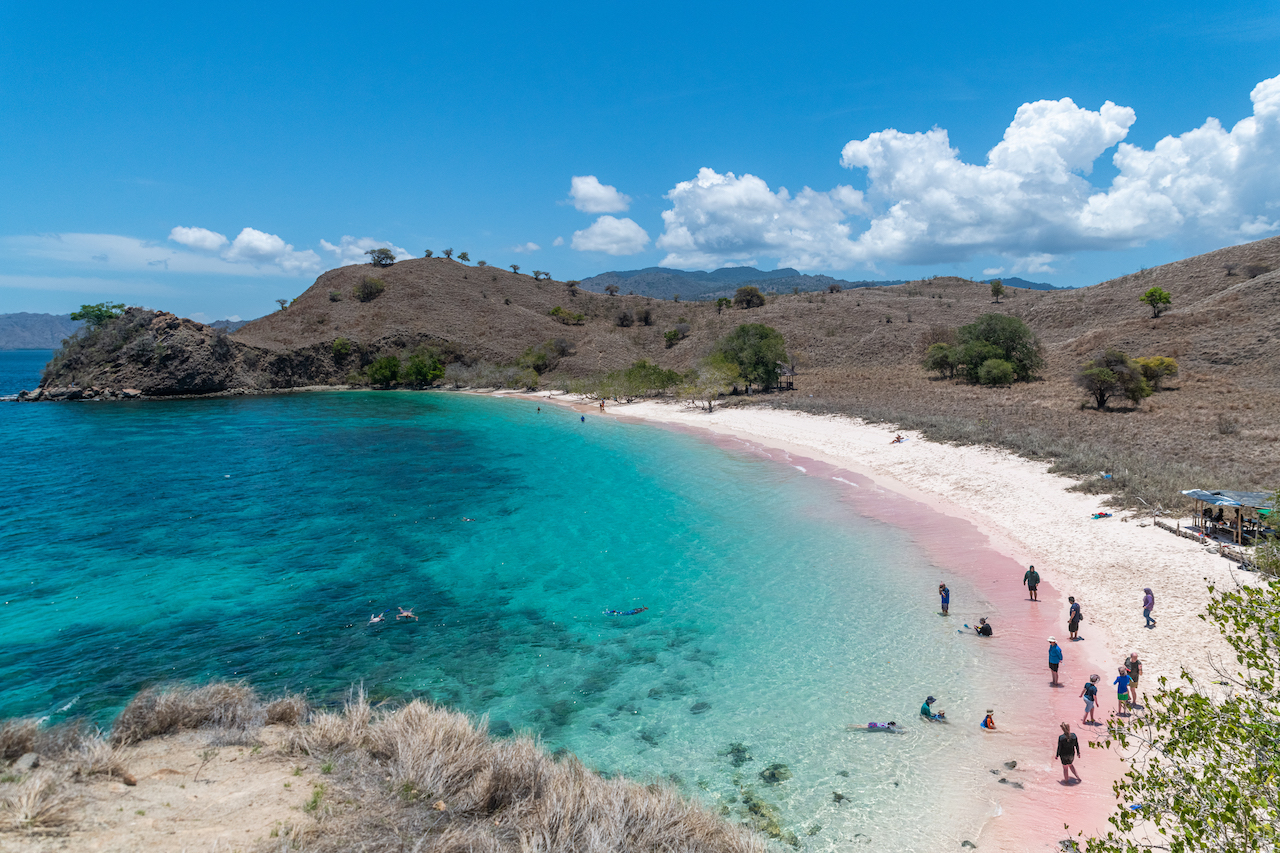
This inaugural Indonesia journey isn’t without its challenges. A few days out from our departure Heritage notified passengers that the Heritage Adventurter’s prop had been snagged on a ghost net as it journeyed south towards Indonesia. The subsequent time in a dry dock in Singapore meant the company’s expedition team needed to frantically find accommodation in Bali, flights to east to Labuan Bajo and the means to continue the itinerary while the vessel played catch up. However, all those years of cruising experience paid off and after two stunning days in Komodo, including a pair of spectacular beachfront dinners set against glorious sunsets, we joined the ship and continued northeast, literally into the unknown.
A few days later we arrive in remote Wakatobi. Indonesia’s youngest regency (the name is a portmanteau of the four main Tukangbesi Islands: Wangi-wangi, Kaledupa, Tomia, and Binongko), Wakatobi is another destination whispered by awe-stricken divers and intrepid adventures, and one that, at the time of writing, was only accessible from the sea. The third largest marine park in Indonesia’s expansive 17,000-island strong archipelago, Wakatobi is a World Heritage Site located to the southeast of Sulawesi and one Jacques Cousteau described as an ‘underwater nirvana’ thanks to its 750 coral species (compared to 50 in the Caribbean) and 942 fish species.
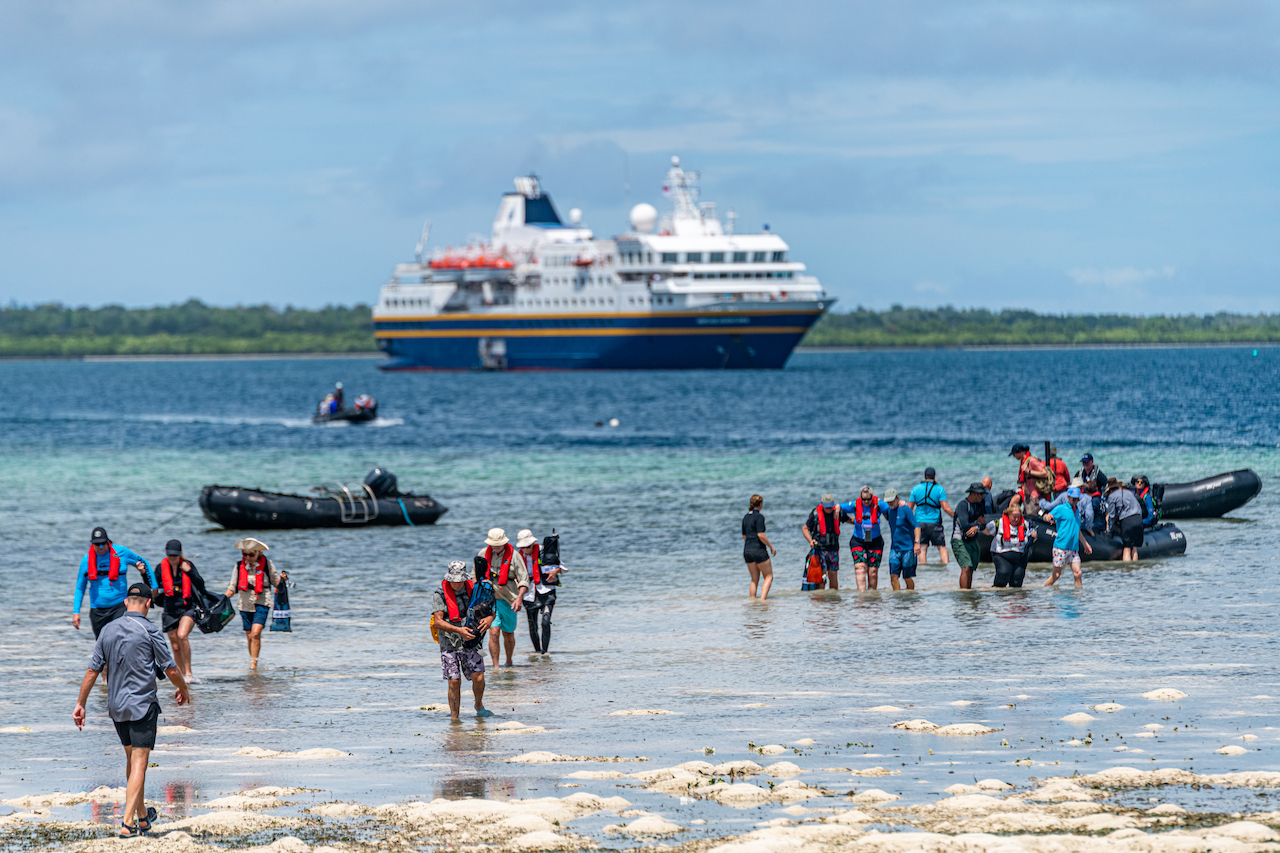
Heritage Adventurer anchors off the tiny island of Hoga, where the avid birders among the group delve into the forest in search of Island Monarchs, Grey-streaked Flycatchers, Black-naped Fruit Doves and Olive-backed Sunbirds while the rest of us don rash shirts and snorkels and wade through dancing seagrass to a mesmerising reef punctuated with chocolate chip starfish, giant clams, and even a shy banded sea krait.
READ: 8 Great Non-Gorilla Activities in Rwanda
This is a part of Indonesia’s Coral Triangle that rarely sees foreigners, as is evidenced the next day as our zodiacs skim through turquoise water bound for Buru Island, where our arrival represents the first international expedition ship to ever visit. On the beach of Pulau Tomah, a tiny islet off Buru’s west coast, it’s standing room only as over 1,000 locals greet us with dancing and singing. Whole families have gathered and more arrive on slender fishing skiffs, their bows slicing through some of the clearest water I’ve ever seen.
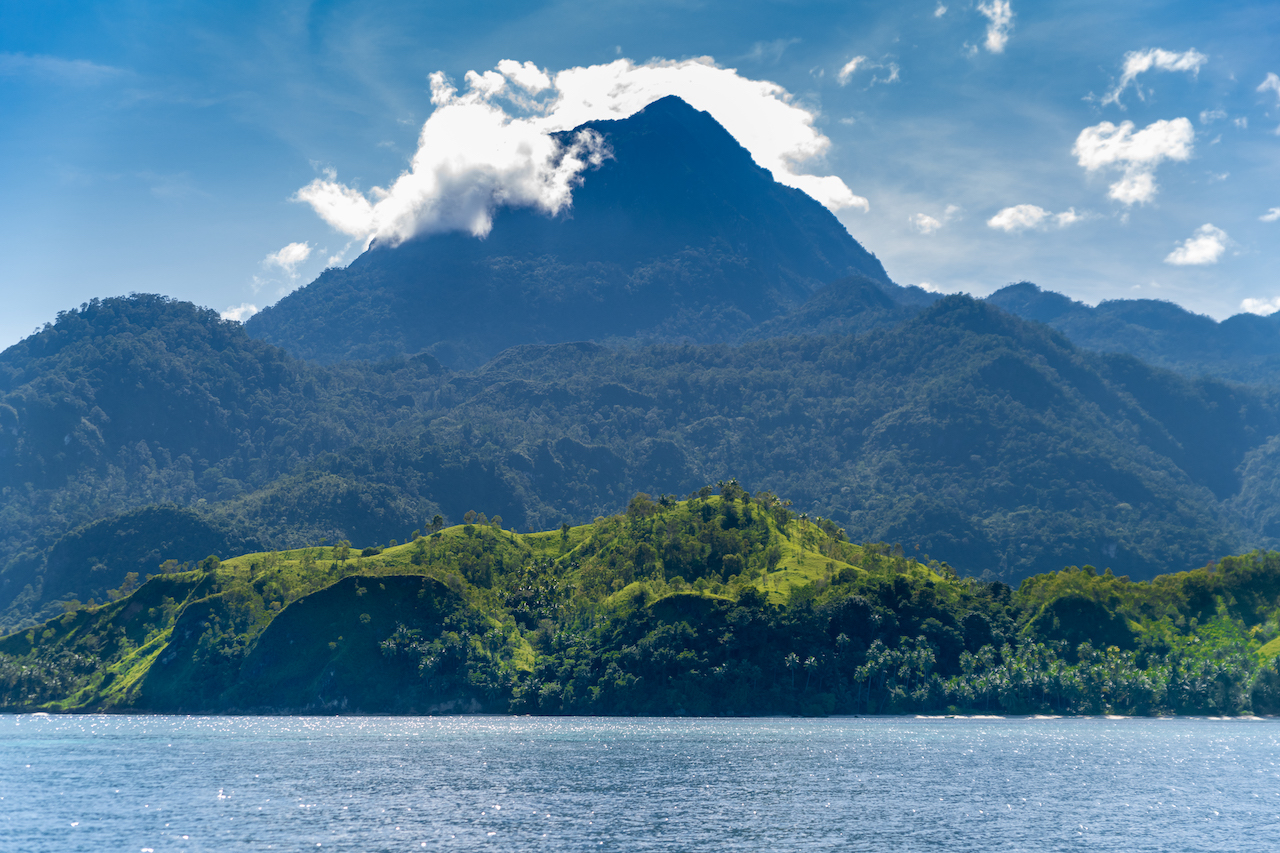
Buru is the third largest island in the remote Maluku chain and is home to indigenous Buru, as well as ethnic Lisela, Ambelau and Kayeli people who have migrated over generations to its steep jungle-clad peaks from points across the Banda Sea. With its towering jungle-clad peaks wreathed in mist and tumbling down to coral gardens, it’s a breathtakingly beautiful destination but not one without its darker chapters: Buru was once the site of a vast prison complex that held political prisoners, including writer Pramoedya Ananta Toer, who, refused writing materials, dictated his acclaimed novel Buru Quartet to fellow prisoners who would write his words down and smuggle them out.
After the warm arrival on the beach, where Heritage guests pose for countless selfies with the locals and watch dances performed by local school children, the birders make for a logging path in search of Amboyna Cuckoo-doves, Red-cheeked parrots, and Black Sunbirds, while others take to the zodiacs and explore Buru’s coastline. Much of the colourful village of Pasir Putih seems to be perched on stilts, and we watch girls skip along a network of creaking, weathered boardwalks to school, their immaculately white hijabs brilliant in the mid-morning sun. Nearby, fishermen mend nets and giggling children take turns diving into the sea, shoals of reef fish darting in every direction with each new plunge.
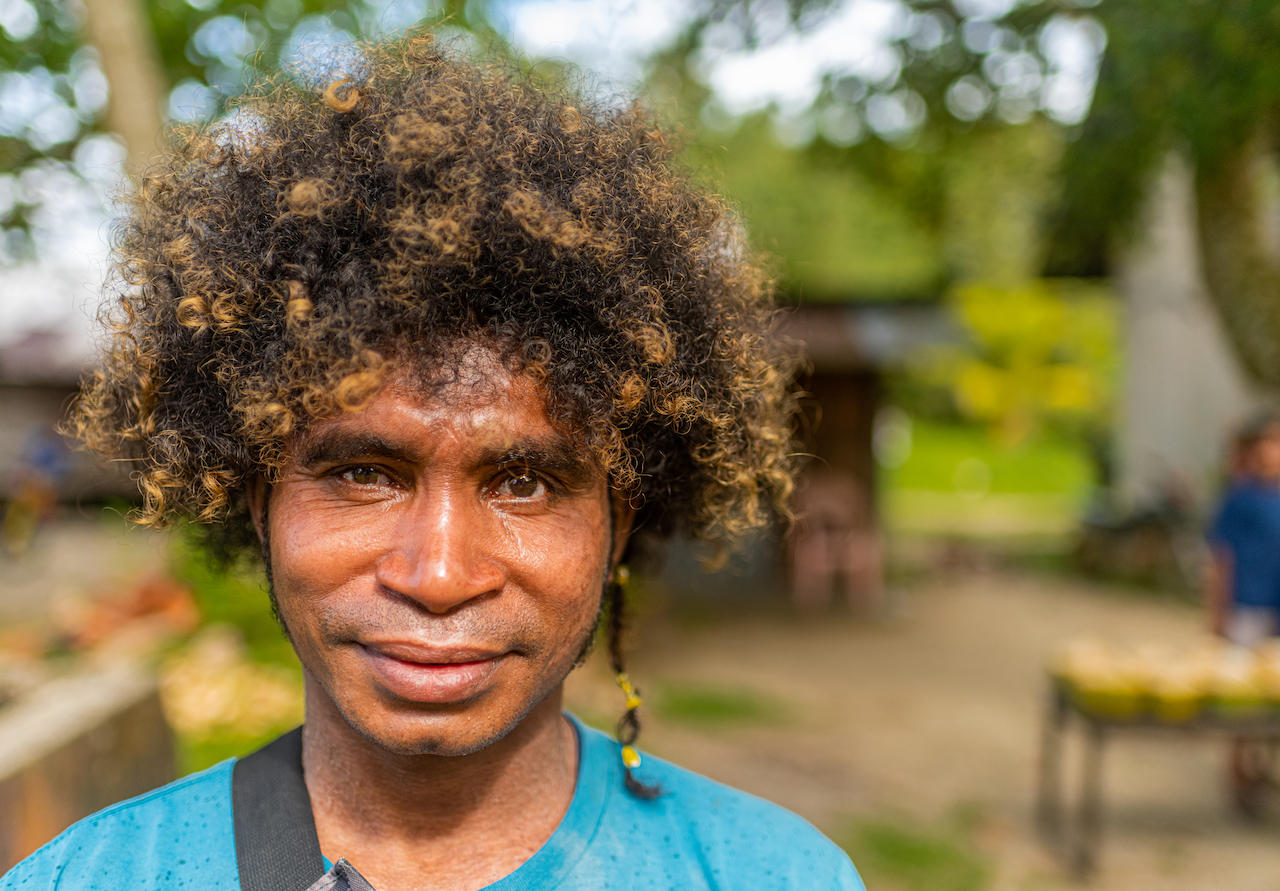
Our journey is packed with truly unforgettable experiences both on and off the ship. When we cross the equator, as per timeless tradition, one of the expedition staff, standing in for King Neptune, emerges from the ship’s plunge pool and slaps a cold fish across the face of the uninitiated (they’re rewarded with a shot of rum). And as the sun wanes in the sky, more than 20 migrating sperm whales escort up east towards the scattering of islet jewels that is Raja Ampat, one of Indonesia’s most coveted destinations.
Raja Ampat has little in the way of infrastructure so it can only be explored by ship, with many visitors opting for multi-day liveaboards that give access to the best diving spots, including breath-taking Wayag Island, where we cruise through an otherworldly landscape of conical limestone karst islands the jut abruptly from azure seas. As the sun mellows in the sky, there’s time to climb one of the peaks for mesmerising 360-degree views or to soak in the bathtub-warm seas and snorkel over expansive forests of staghorn coral while Torresian Crows and Moluccan Starlings flitter overhead.
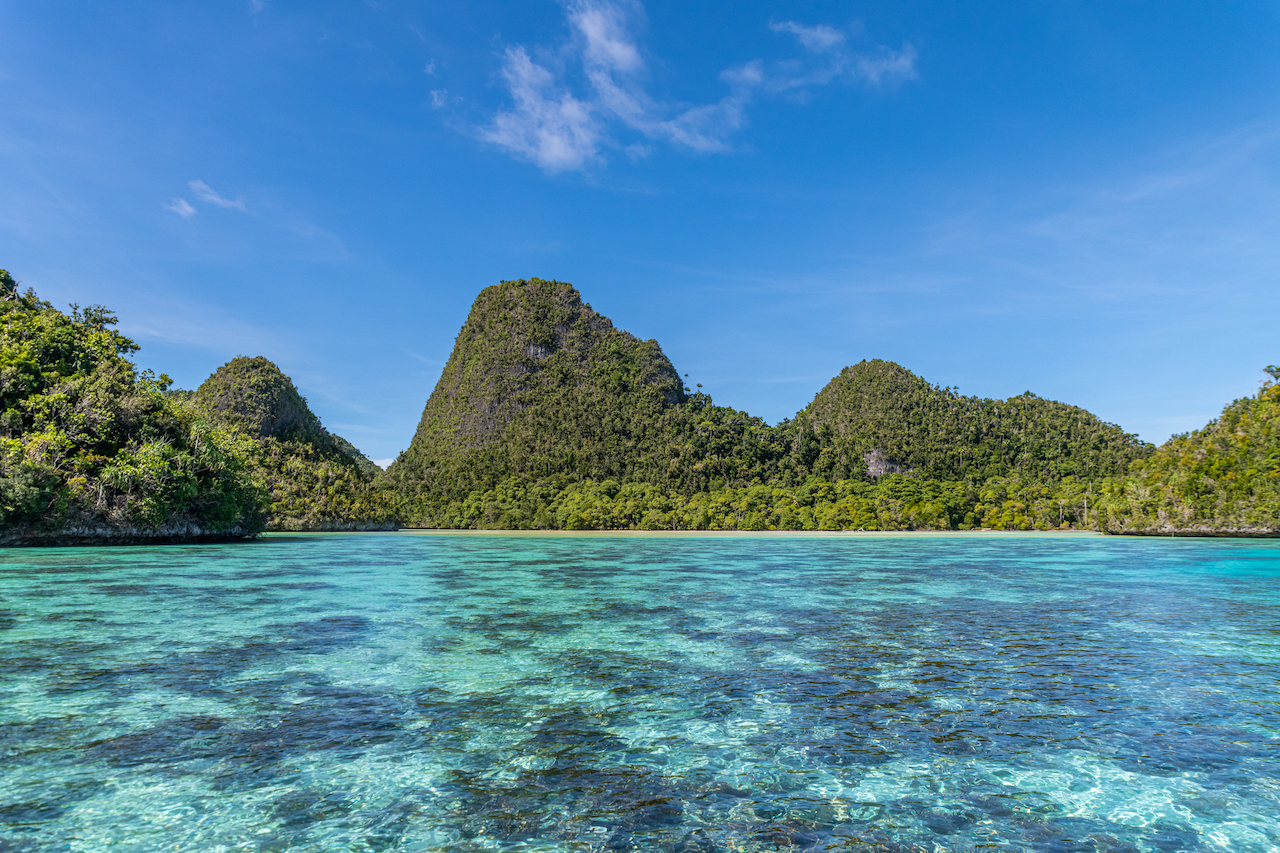
While the diehard birds rise well before the dawn the next morning and delve into the dense forests of Waigo Island, in search of rare Red and Wilson’s birds of paradise, the rest of the ship’s complement tries their luck the next day in Manokwari, our first port on the island of Papua, where we venture by 4×4 high into the Arfak Mountains. High up in the misty peaks, at a tiny hamlet that clings to the summit of one vertiginous ridge, I follow a local guide into the primordial rainforest in search of Magnificent, Superb, Western Parotia and Brown Sicklebill Birds-of-Paradise, Olive-crowned Flowerpeckers, and the famed Vogelkop Bowerbird, which builds intricate structures over a metre high to attract mates.
Just when I begin to doubt that I have the patience for true twitchery and as the walls of my tiny palm-frond hide start to close in, I’m rewarded with the arrival of an inquisitive Black-eared Catbird, morning light penetrating the thick jungle canopy catching the brilliant emerald of its breast as it pecks at our offering of Buah Merah, a large red seed pod used for tradition medicine in the mountains of Papua.
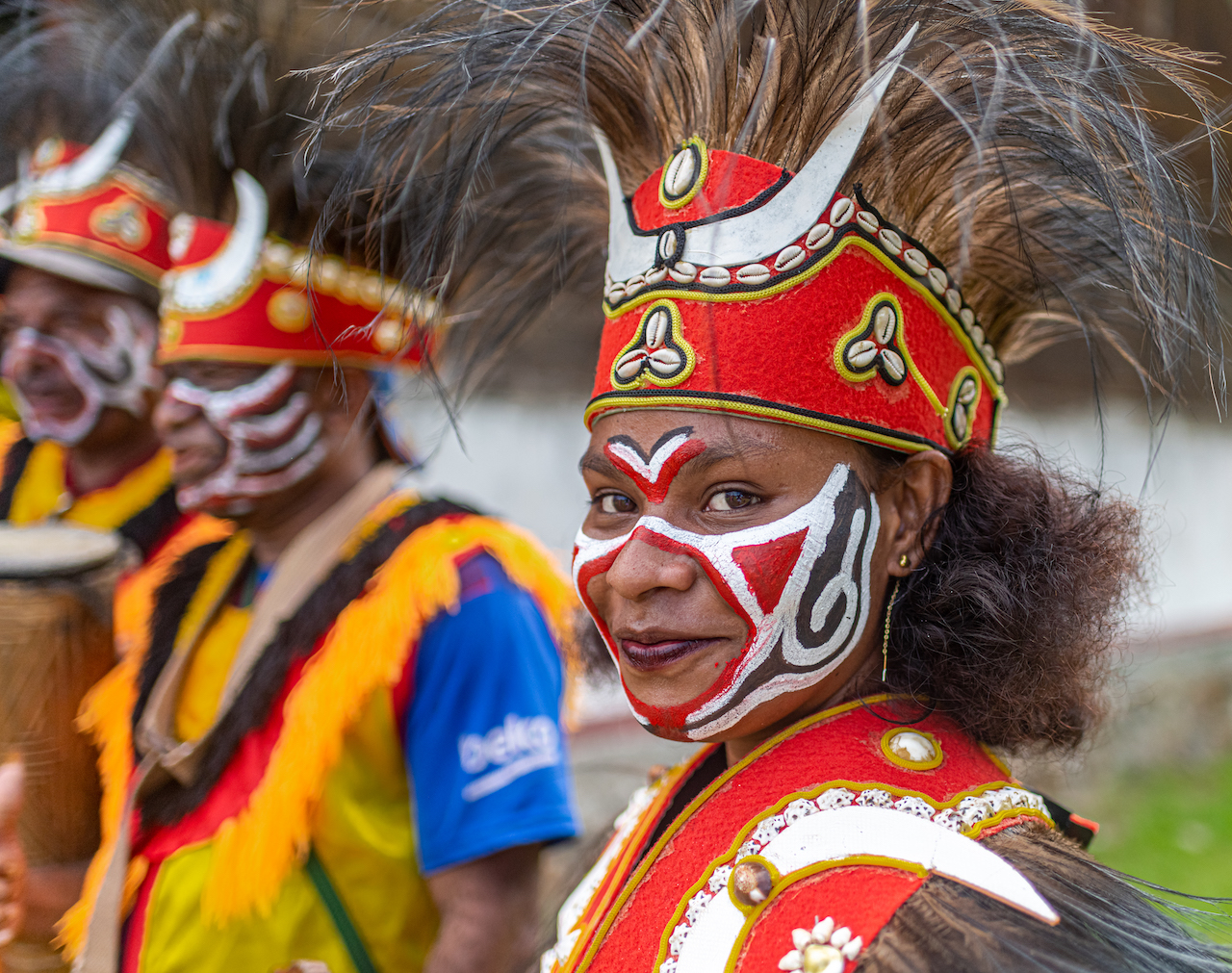
Wildlife is a massive drawcard to this part of Indonesia, both on land and in the vibrant seas. In serene Cenderawasih Bay there’s the unforgettable opportunity to snorkel with whale sharks attracted to the lights and bait fish of a bagan, a traditional floating fishing platform. Taking turns to slip into the seas surrounding the platform, we join a trio of whale sharks as they feed, vortexes forming in their mouths as they take huge gulps. It’s impossible not to be humbled by the size and grace of these gigantic yet peaceful fish, who are now increasingly protected by the fishermen that once threatened their numbers.
READ: Natural Selection Opens Mokolwane in Botswana
That evening, as the sun grows heavy in the sky, we’re warmly welcomed by the tiny community of Kwatisore, on the shores of Cenderawasih Bay, where school children, their faces streaked with red and yellow paint, perform traditional dances inspired by Papua’s rarest tropical birds. We’re among the first foreigners many have seen and the visit hints at the positive influence tourism could have in this remote corner of the Pacific.
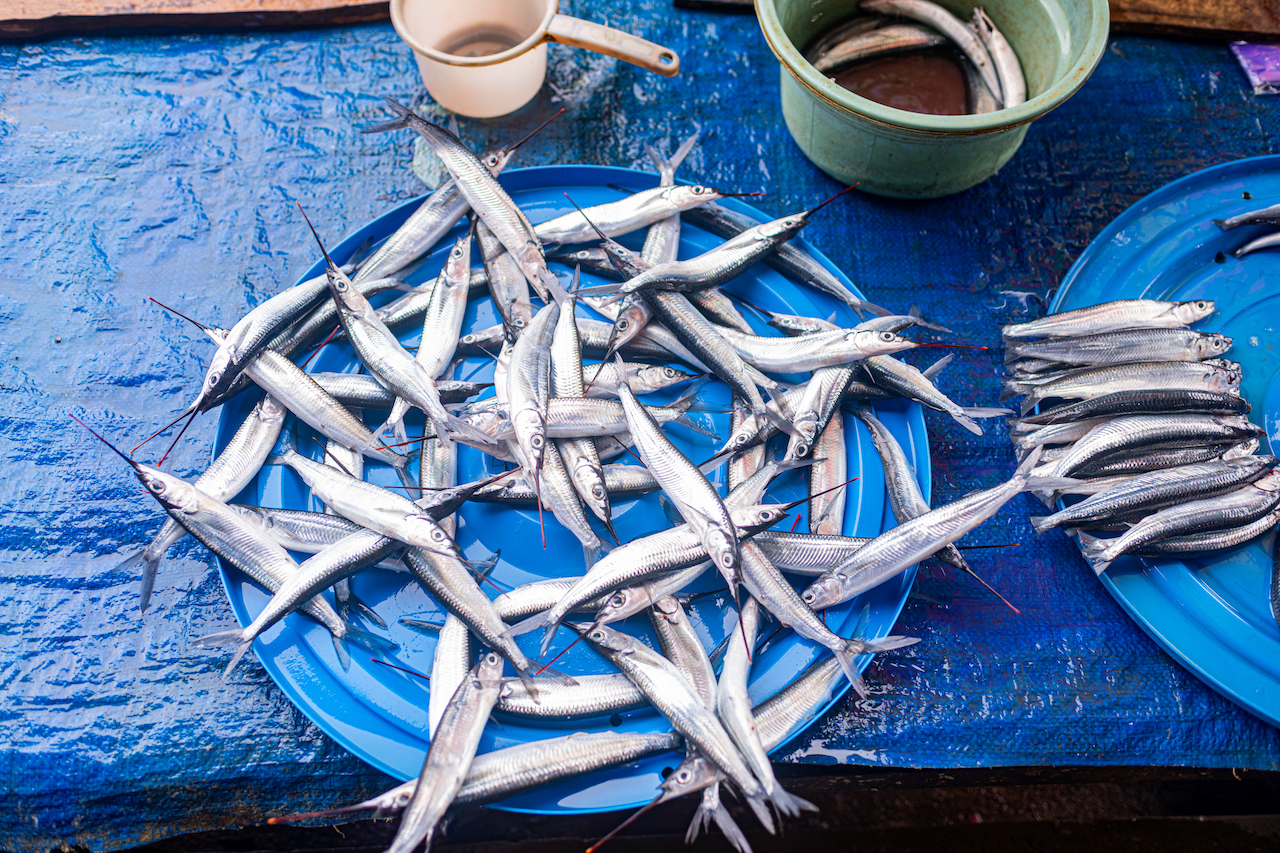
Our last stops in Indonesia entail a visit to Biak’s brooding Binsari Cave, a haunting chapter in the region’s WWII history where thousands of Japanese soldiers held out against American forces at the tail-end of the conflict before the extensive cave complex was bombed, leading to thousands of deaths. And in West Papua’s remote provincial capital, Jayapura, we visit the communities of Lake Sentani; set against the undulating peaks of the Cyclops Mountains, the lake boasts 22 small islands, and on one, in the village of Assey, young men and women perform a series of mesmerising dances to a serenade of kunda drums.
It’s a magical moment and one I hope they will have cause to perform again as increasing numbers of travellers venture east in search of unique Indonesian encounters.

